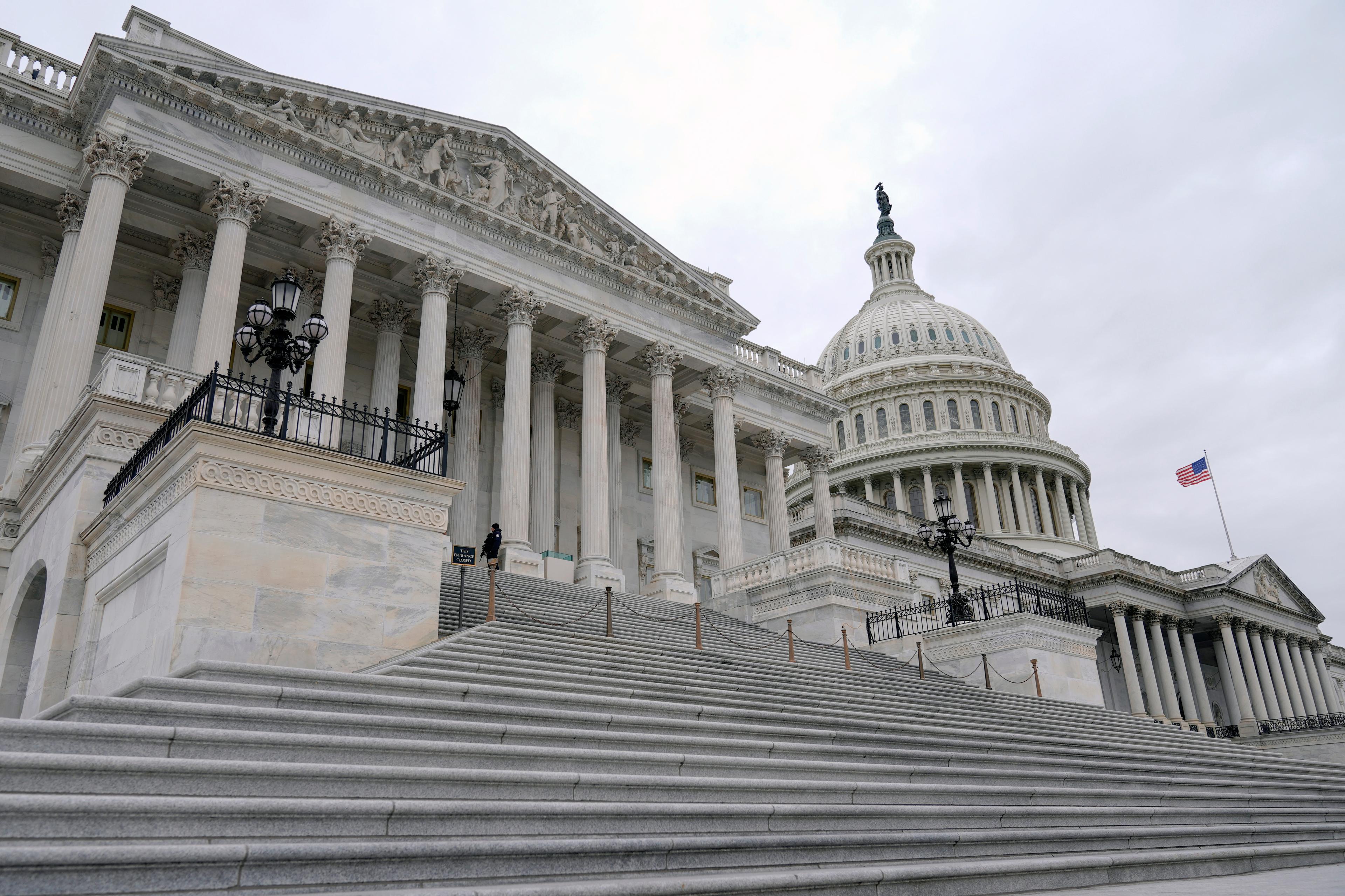Wildlife should be managed using the best available science.
That is a core tenet of the North American Model of Wildlife Conservation, an unofficial set of principles that has guided U.S. and Canadian wildlife management policy for more than a century.
A new study, published Wednesday in Science Advances, raises the question of whether the rule is being followed.
Researchers, looking at hunting management policies across 62 U.S. and Canadian states, provinces and territories, found that a majority of those policies lacked "four fundamental hallmarks of science relevant to natural resource management" – measurable objectives, evidence, transparency and independent review.
The researchers looked at 667 hunt management systems for 27 species groups and found that 60 percent of them had fewer than half of the criteria.
"The assumption that a scientific basis is being used deserves questioning," says study author Kyle Artelle, a biologist with the Raincoast Conservation Foundation, a Canada-based nonprofit and advocacy group.
Artelle decided to question that premise after wildlife officials in British Columbia allowed a controversial grizzly-bear trophy hunt in 2015.
"They kept saying, because science, because science, because science," Artelle says. "But when we looked under the hood, we found some pretty significant concerns."
The hunt has since been ended, but Artelle wondered if the same problem could be found in other management plans.
Studying hundreds of other hunting policies, he says a similar pattern emerged.
"There was a void out there when we asked people what they mean by 'scientific,'" he says.
The researchers searched websites, documents and wildlife management plans for the criteria they were looking for and followed up with agencies, asking for corrections. Fewer than half responded.
Ron Regan, the executive director of the Association of Fish and Wildlife Agencies, which represents state wildlife agencies in North America, says that the study is deficient or, at least, not totally informed on how science is applied in those management decisions.
"Their characterization of science being less than ideally applied in making management decisions is just not true," he says.
Wildlife management agencies and commissions typically set hunt management plans as a way to help conserve species. They set harvest limits on game animals based on their population and the species' overall health. Money raised from the hunting of those animals then gets used by management agencies to conserve habitat and provide for the long-term viability of the species.
Science, ostensibly, is behind the entire process.
But there are other considerations too. Politics play a role in wildlife management decisions. Social values get weighed. Increasingly, litigation – or even the threat of it – is influencing the process or changing its results, especially when agencies propose hunting large carnivores.
Funding for wildlife conservation, research and management is inadequate. New and emerging technology and sciences mean that best practices are constantly evolving. And wildlife management agencies don't have the luxury to abstain from making decisions, Regan says.
"They can't just say 'Oops, we don't have the data,' so we can't make a decision," Regan says. "So they've got to take the best science they've got – and I don't think it's a pejorative term to them – and then help make policy decisions they believe will be in the best interests of their public trust obligations."
Artelle doesn't want his study to be viewed as an indictment of fish and wildlife agencies. He acknowledges many of the challenges they face, but he worries that the phrase "science-based" is just becoming another tool of political rhetoric.
"It's never going to be just science that determines these systems," he says. "But we need to be clear about that, and say where the science begins and ends."
9(MDEyMDcxNjYwMDEzNzc2MTQzNDNiY2I3ZA004))








